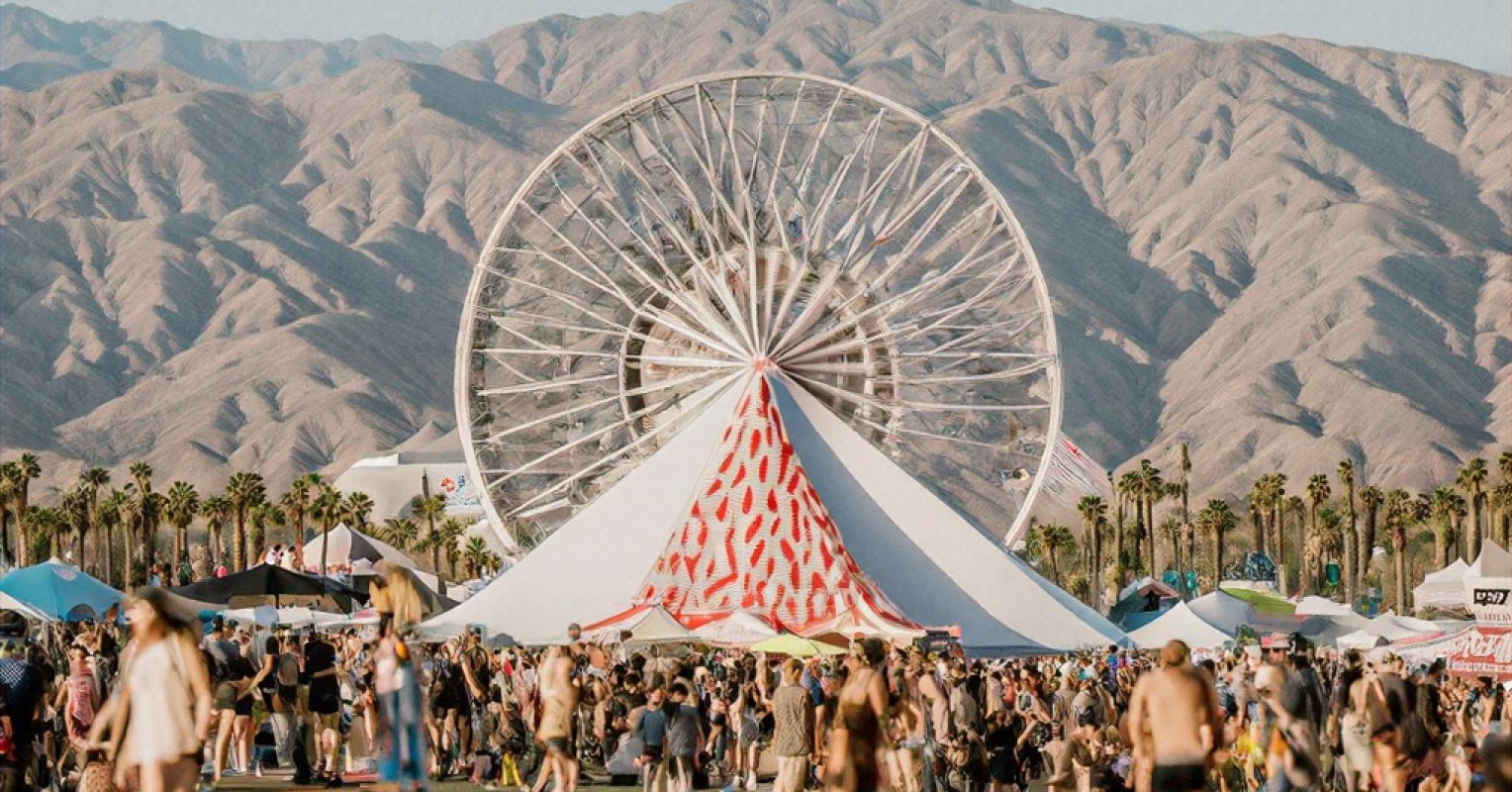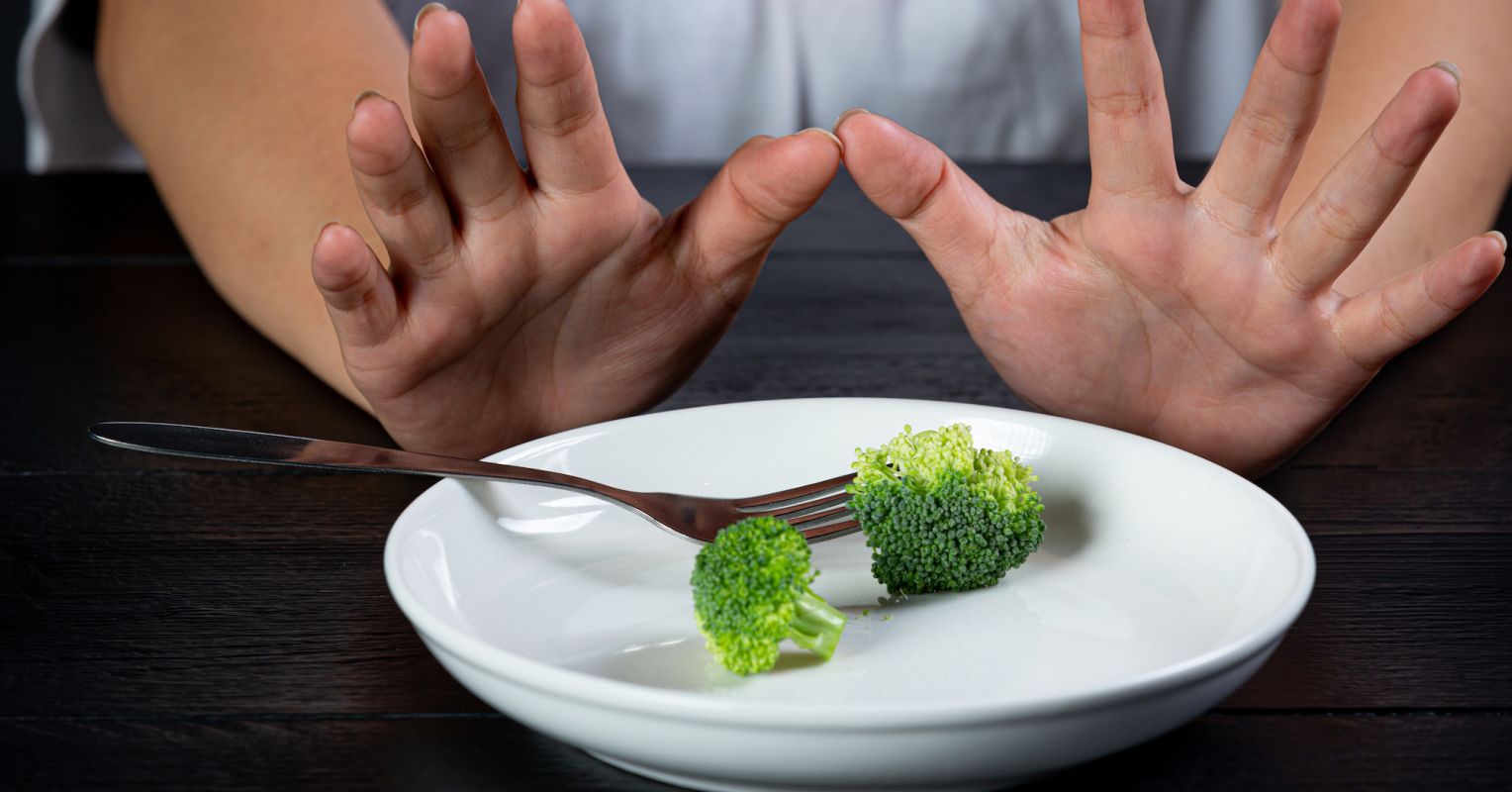The 2025 Coachella music festival in Indio, California in April featured Lady Gaga, Post Malone, and Travis Scott. It was envisioned as a “California sober” lifestyle, alcohol-free, drug-friendly event. The term emphasizes moderation and mindful use, a middle path between abstinence and poly-drug recreational use, discussed in my blog.
Some notables have adopted the Cali sober lifestyle. Popular podcaster Joe Rogan announced he quit drinking alcohol. While Rogan ceased alcohol consumption, he continues to express interest in cannabis and psychedelics.
Cali Sober Drinks
Millennials and Gen Z consumers seek euphoria or serenity without hangovers. Drinks often include natural compounds claiming to boost mood, cognition, or sociability without alcohol. Sellers claim effects depending on ingredients, not clinical trials. Products purportedly enhance mental performance, induce calmness, or provide a subtle “buzz” while staying within bounds of sobriety. They are not FDA-approved as medicines.
Some beverages are kava-based and targeted at stressed professionals. Some include non-hallucinogenic mushrooms and other products to improve mood or induce calm, and may cause a “buzz.” L-theanine is an amino acid that promotes calm and reduced anxiety. It’s featured in products like Kin Euphorics and Recess. 5-HTP, precursor to serotonin, supports mood regulation and emotional balance, and is found in drinks like Hiyo and Kin Euphorics. GABA is a neurotransmitter helping relaxation—found in Recess and De Soi. Lion’s Mane mushroom is used for cognitive-enhancing properties in brands like Everyday Dose and Odyssey.
Euphoric beverages usually contain THC, and CBD (cannabidiol) is a common ingredient. Low-dose THC is used in cannabis seltzers like Cann and Artet, supposedly providing a buzz akin to a glass of wine. Higher dose THC drinks are available too, which offer “pleasure without poison”—a phrase some brands use.
Adaptogens containing mushrooms, kava, and other herbs were promoted. People take adaptogens as herbal supplements in capsule form, drink them in teas or in a powder added to soups, smoothies and other foods. Kava, a South Pacific root, offers mood-elevating effects, and is used by brands like Leilo and Botanic Tonics. Kava has been used as a stress remedy. Kava bars have opened from Brooklyn to Austin to L.A.
Damiana, a mood enhancer with aphrodisiac qualities, appears in Curious Elixirs and Ghia. L-Dopa, derived from Mucuna pruriens, boosts dopamine levels, elevating mood and motivation, and is found in tonics like Feel Free and Mad Ritual. Kratom, which has opioid and cocaine-like effects, is popular with energy drink enthusiasts.
These popular alternative functional beverages combine botanical compounds, amino acids, and herbs for stress management, stimulation, a mild buzz, or altered mood. They supposedly increase mental clarity.
Together, a myriad of ingredients constitute the backbone of alcohol-free drinks, helping users unwind, socialize, get high, or focus—without after-effects of alcohol intoxication.
Celebrity Product Endorsements
Cannabis enthusiast Snoop Dogg offers multiple drink products. In 2025, he launched Iconic Tonics. Said Snoop Dogg to Cannabis Now, “With Iconic Tonics, we’re bringing a portfolio—not just one can, but multiple. Whether you’re cracking open a Do It Fluid to keep things elevated or sipping on a Doggy Spritz to cool it down, there’s something in here for every kind of moment. We’re talking flavor-forward, functional, hemp-derived THC tonics that let you unwind without the usual side effects.”
Kin Euphorics (co-founded by celebrity model Bella Hadid) includes GABA, L-theanine, Rhodiola, and 5-HTP. These beverages are meant to enhance mood and relaxation.
Singer Katy Perry co-created De Soi, non-alcoholic aperitifs with botanicals and adaptogens, supposedly offering a sophisticated alternative to alcohol.
Warnings to Consider
Most drinks have supplements or combinations of supplements and aren’t tested or regulated by the FDA. They may interact with some antidepressants or benzodiazepines. They should be avoided by people in recovery, those with a substance use disorder (SUD), pregnant women, and people with psychiatric disorders.
Appealing to Younger Consumers
Many Gen Z and Millennials are open to alternative beverage choices. Using the term “Soberchella” for the first time in 2009, Soberchella ballooned from a small AA gathering at Coachella to a widely-celebrated feature. Now, the event showcases a range of alcohol-free mindful drinking.
The mushroom ashwagandha is a common adaptogen for reducing stress and promoting restful sleep, and is found in brands Moment and Recess. Other mushroom-based compounds include non-hallucinogenic mushrooms like Reishi and Lion’s Mane. Ordyceps is a mushroom which sellers claim provides an immune system boost and improves mental focus and energy. Schisandra berry, used for liver-supportive and stress-reducing properties, is featured in non-alcoholic apéritifs like Curious Elixirs.
Some new alternatives are Rhodiola rosea, promoted for mental fatigue relief, and Holy Basil, for mood stabilization. Another category, nootropics or cognitive enhancers, includes L-theanine, which promotes “calm” and focus (especially when paired with caffeine), 5-HTP, which “supports serotonin levels”, GABA, which promotes natural calming, and Alpha-GPC/Citicoline, which purports to “promote brain clarity” and focus. Maca root, “known” for enhancing stamina, libido, and hormonal balance, appears in products like Clevr Blends and Rasa. Ginseng, especially Panax and American varieties, allegedly boosts focus and energy. It’s in drinks by brands like Hiyo and Recess. Cordyceps, a performance-enhancing mushroom, is said to improve oxygen uptake and endurance, as found in Lifehouse’s tonics. Finally, licorice root offers anti-inflammatory benefits in blends by Rasa and Clevr Blends.
Cali Sober Is a Big Business Trend
The California Sober beverage market is rapidly growing. The cannabis-infused drink market was $2 billion+ in 2023 and is projected to grow at an annual rate of 57%. Kava and kratom are expanding markets—valued at $1.3 billion and $5.6 billion, respectively—with growth rates of 12% % to 16% annually.
A 2025 survey by NCSolutions found 26% of U.S. consumers interested in trying cannabis-infused drinks, with higher interest among younger generations—38% of Gen Z and 37% of millennials.
Kava products appeal to this group, and a February 2024 survey by Dry Atlas found 42% of respondents were “very interested” in kava products and 46% “somewhat interested” in kava-based beverages. Kava bars are emerging in cities like Austin and Brooklyn, offering social spaces centering around kava consumption.
Risks of Cali Sober Drinks
Experts suggest trading alcohol for mood-altering drinks means assuming new risks. George Koob, PhD, director of the National Institute on Alcohol Abuse and Alcoholism (NIAAA), said, “There’s a difference between harm reduction and recovery. People might reduce their alcohol intake by switching to cannabis or kava, but these substitutes can lead to their own set of problems.”
Yale’s Marc Potenza, MD, PhD, said, “The appeal of substances like kratom and kava reflects the ongoing demand for psychoactive relief—but without proper regulation or research, they risk becoming the next wave of poorly understood addictions.”
Summary
Alcohol sales boom, but non-alcoholic beverage revenue is growing faster. The U.S. alcohol-free market is projected at $10 billion+ by 2030. Younger generations drink less alcohol, are aware of the recent analysis of alcohol, warnings, and express concerns about alcohol. They spend heavily on wellness and now, alcohol-free alternatives. Celebrity endorsements boost the visibility of new drinks. They are sold where legal at Whole Foods, Erewhon, Target, festivals, and bars offering “euphoric menus.”




